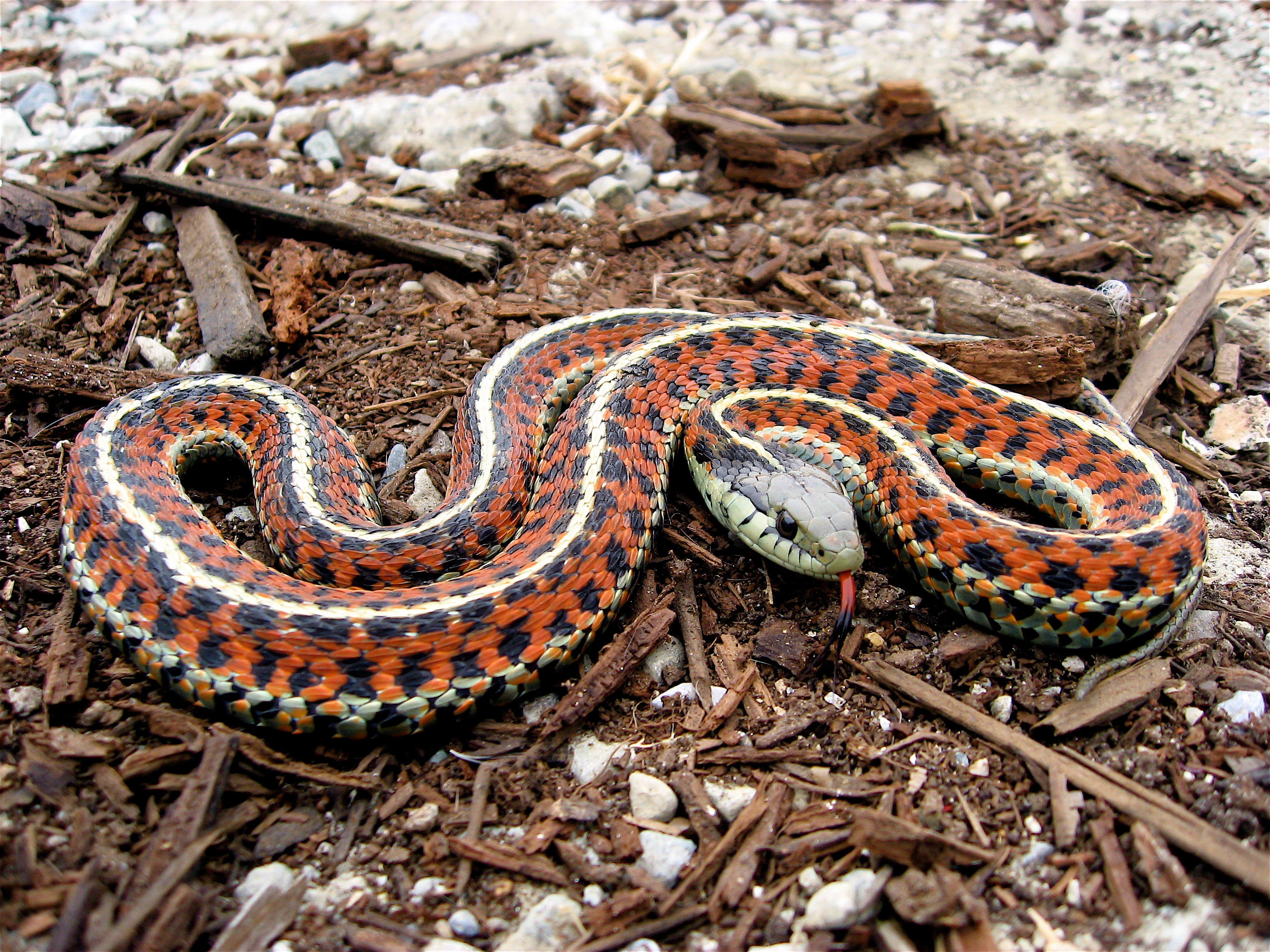 |
| Snakes are one of the few terrestrial vertebrate groups to have lost their limbs |
The anatomical arrangement of lizard limbs means their chests are compressed from either side when they move. As a consequence, they can only take breaths in between steps. Cheetahs on the other hand are remarkably efficient, capable of running at speeds up to 60 kilometers.
Snakes abandoned the tried and true quadruped lifestyle and developed an entirely different means of locomotion. In fact they have no less than four ways of moving, relying on friction to generate grip.
Previously the oldest known snake fossils were just 100 million years old, placing them within the final few million years of the Mesozoic, when dinosaurs were the dominant vertebrate group. Now new fossils from several localities, and representing several species, has pushed the origins of the group back in time by nearly 70 million years. 'The study explores the idea that evolution within the group called 'snakes' is much more complex than previously thought,' said Michael Caldwell from the University of Alberta. 'Importantly, there is now a significant knowledge gap to be bridged by future research, as no fossils snakes are known from between 140 to 100 million years ago.'
 |
| An artist's impression of these early snakes, which display vestigial limbs |
Two younger species, Portugalophis and Parviraptor, lived in similarly marshy conditions preserved at sites across Europe. One final species, Diablophis, came from 155 million year old river deposits in west Colorado.
'All of these snakes were living in or near water sources, at least close enough that when they died, their remains were preserved in rocks deposited in water, ' said Caldwell. Intriguingly the fossils show that snakes acquired their distinctive cranial anatomy before they lost their legs. The consensus is that snakes evolved from an as yet unknown lizard ancestor, losing their forelimbs, shoulder girdles and breastbones along the way. It is even possible that the earliest snakes still retained short bodies and large legs from their lizard ancestors. This may have been in response to a changing environment or prey source.